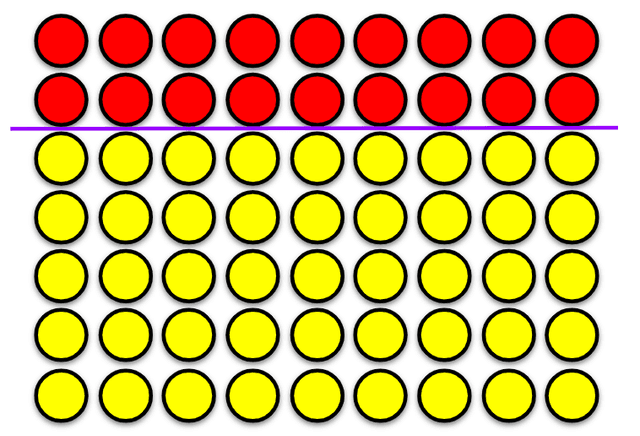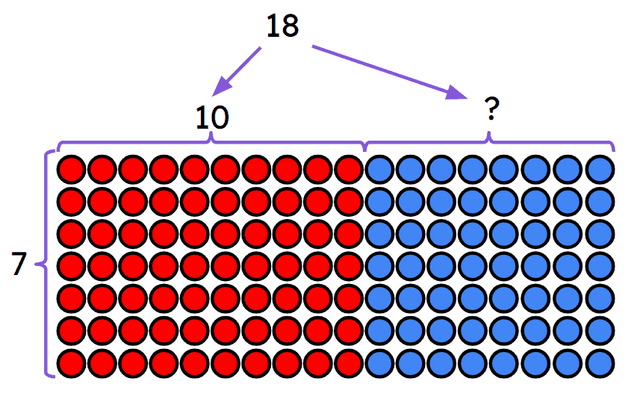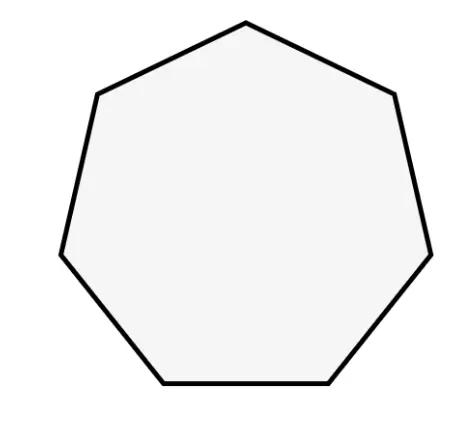Myths about teaching can hold you back
- Year 4
Use knowledge of the distributive law to solve problems in different contexts
I can use knowledge of the distributive law to solve problems in different contexts efficiently.
- Year 4
Use knowledge of the distributive law to solve problems in different contexts
I can use knowledge of the distributive law to solve problems in different contexts efficiently.
These resources were made for remote use during the pandemic, not classroom teaching.
Switch to our new teaching resources now - designed by teachers and leading subject experts, and tested in classrooms.
Lesson details
Key learning points
- The distributive law allows you to add or subtract known times tables to solve problems.
- You can partition the group number or the size of a group to solve problems.
- Factors can be re-combined or subtracted to simplify 2-part problems.
Keywords
Distributive law - The distributive law says that multiplying a number by a group of numbers added together is the same as doing each multiplication separately.
Polygon - A polygon is a 2D shape made up of 3 or more straight lines.
Common misconception
Pupils may be less familiar with the names and properties of polygons and this may be a distraction from the focus of the learning.
Consider providing scaffolds for some pupils or pre-learning to revise shape names and properties.
To help you plan your year 4 maths lesson on: Use knowledge of the distributive law to solve problems in different contexts, download all teaching resources for free and adapt to suit your pupils' needs...
To help you plan your year 4 maths lesson on: Use knowledge of the distributive law to solve problems in different contexts, download all teaching resources for free and adapt to suit your pupils' needs.
The starter quiz will activate and check your pupils' prior knowledge, with versions available both with and without answers in PDF format.
We use learning cycles to break down learning into key concepts or ideas linked to the learning outcome. Each learning cycle features explanations with checks for understanding and practice tasks with feedback. All of this is found in our slide decks, ready for you to download and edit. The practice tasks are also available as printable worksheets and some lessons have additional materials with extra material you might need for teaching the lesson.
The assessment exit quiz will test your pupils' understanding of the key learning points.
Our video is a tool for planning, showing how other teachers might teach the lesson, offering helpful tips, modelled explanations and inspiration for your own delivery in the classroom. Plus, you can set it as homework or revision for pupils and keep their learning on track by sharing an online pupil version of this lesson.
Explore more key stage 2 maths lessons from the Apply the distributive law to multiplication unit, dive into the full primary maths curriculum, or learn more about lesson planning.

Licence
Prior knowledge starter quiz
6 Questions
Q1.Which factor has been partitioned using the distributive law in the second expression here? 5 × 16 = 5 × 8 + 5 × 8
Q2.92 + 60 =
Q3.64 + 73 =
Q4.Which of the following expressions represents the total number of doughnuts if I have 10 boxes of 5 chocolate doughnuts and 3 boxes of 5 strawberry doughnuts.
Q5.Which of the following expressions is the array representing?

Q6.Double 78 is
Assessment exit quiz
6 Questions
Q1.Which of the following expressions is equivalent to 19 × 7?
Q2.What is the missing number in the array shown?

Q3.Use the distributive law to calculate how many sides there are in 16 heptagons.



